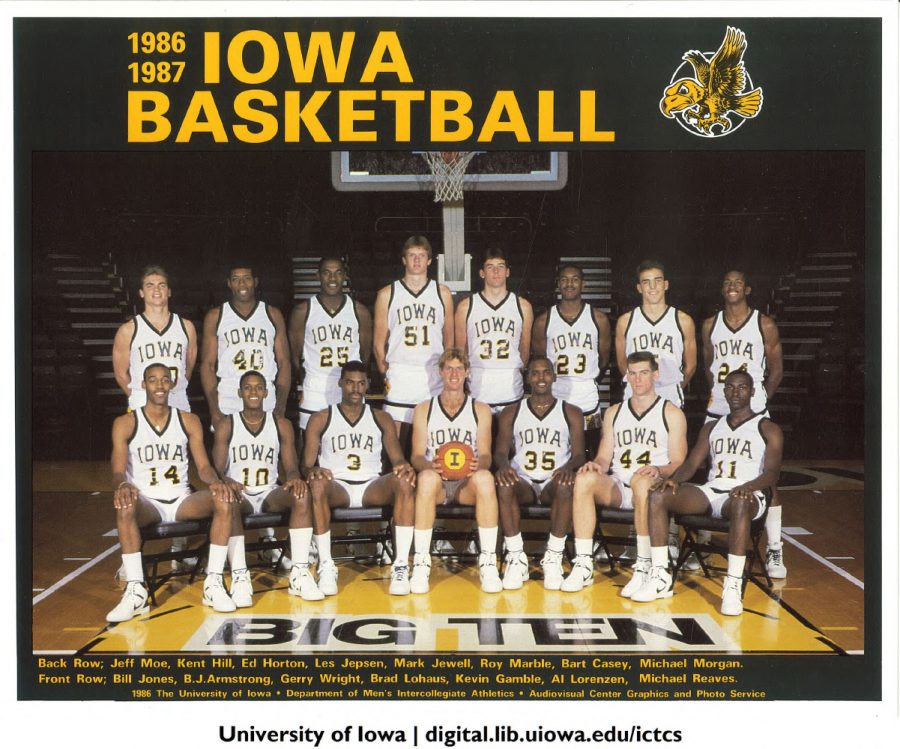Between my junior and senior years of high school, I visited Israel on a youth group trip. I remember my concern before I left about the safety of Israel — after all, it’s in the news nearly every month for various terrorist attacks. Friends tried to quell my fear, claiming that they legitimately felt safer in Israel than they did in the United States.
I didn’t believe this until I made it to the country and realized just how well-protected it is. Despite being under the constant threat of missile attacks from neighboring countries, the people of Israel are able to lead somewhat normal lives because of the unprecedented — and necessary — level of protection provided for its citizens.
Last week, Snapchat included in its “snap-stories” a segment from Tel Aviv. Snap-stories are a collection of pictures and videos from a given Snapchat account. In addition to “stories” that each individual account-holder can produce for all of her or his followers to view, Snapchat now has stories that include videos from several accounts in one area. Snapchat users can film videos in that area and place filters over the video indicating where they are in the world.
The Snapchat story from Tel Aviv showcased several aspects of life in the controversial city.
Dancing, relaxing on the beach, and upbeat nightlife headlined the video portraying the happy side of life in an ever-heated area of the world.
After Snapchat began streaming the video, there was near-immediate backlash on Twitter and other social-media platforms. People from around the world were furious when the company selected Tel Aviv as a city for its popular snap-story series. In fact, so much attention was brought to the video that Snapchat included the “West Bank” as one of its snap-stories the next day.
I cannot, however, understand why there was backlash against Snapchat. The purpose of snap-stories is to offer a glimpse into what daily life looks like around the world. Snap-stories allow users in places like Iowa City to see the world. That’s it. It is not, in any way, a form of propaganda or a political engine to make Israel look better or worse than other areas of the world.
Likewise, when the “West Bank” snap-story went live, it was not designed to show alleged oppression. Snapchat’s decision to include both Israel and the West Bank in their snap-stories does tell us one thing, though. It tells us Snapchat wanted to show the world what life is like in Tel Aviv and in the West Bank.
If those individuals living in the West Bank would like to use their snap-story as an opportunity to show the world what life is like by showing very little other than the wall that separates it from Israel, then that is their choice. There is little denying that it plays a large role in daily life there.
But the issue isn’t that this is what individuals in the West Bank chose to display, the issue is in the international backlash against the Tel Aviv story. For the citizens of Tel Aviv to be denounced by many around the world for enjoying their lives is simply unfair.
The history of the world — even in modern times — is filled with cities and countries acting in which others around the different corners disagree. This, however, is no reason to be upset with civilians enjoying their lives.
Possibly once overlooked, this debate has opened the door for an interesting age of social media — one in which videos and pictures from civilians can have enormous impact. Perhaps just now Snapchat is beginning to understand its power on the world stage.






